The Future of Cable Manufacturing: Automation, Integration, and Industry 4.0
This blog post will explore how the cable manufacturing industry is being transformed by automation, integration, and the principles of Industry 4.0. We will discuss the following key areas.
-
The Rise of Automation in Cable Manufacturing
- Repetitive tasks to robots: How automation is streamlining production lines
- Quality control gets a boost: Leveraging automation for consistent cable quality
- The human factor: How automation complements (not replaces) the cable manufacturing workforce
-
Enhancing Efficiency Through Integration
- Breaking down data silos: Seamless integration across cable manufacturing processes
- From design to delivery: How integrated systems optimize the cable manufacturing workflow
- Real-time insights for real-time decisions: Making data-driven improvements in cable manufacturing
-
Industry 4.0: The Connected Cable Factory
- The power of the Industrial Internet of Things (IIoT) in cable manufacturing
- Smart machines, smart decisions: How IIoT empowers intelligent cable production
- The future is connected: How Industry 4.0 creates a more responsive cable manufacturing ecosystem
-
The Benefits of a Modernized Cable Manufacturing Approach
- Increased productivity: How automation and integration boost cable manufacturing output
- Enhanced quality control: Achieving precision and consistency in cable production
- Reduced costs and waste: Optimizing efficiency for a leaner cable manufacturing operation
- Improved agility: Responding faster to changing market demands in cable manufacturing
-
Challenges and Considerations for Cable Manufacturers
- Embracing change: The workforce transition in a more automated cable manufacturing environment
- The ROI equation: Investing in new technologies for cable manufacturing
- Cybersecurity in the connected factory: Securing data and systems in an Industry 4.0 cable manufacturing landscape
By embracing automation, integration, and the principles of Industry 4.0, cable manufacturers can unlock a new era of efficiency, quality, and responsiveness. This blog post provides a roadmap for navigating this transformation and future-proofing your cable manufacturing operations.
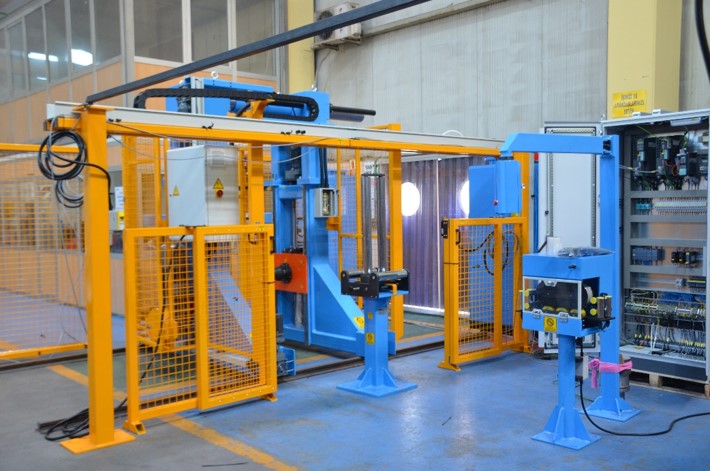
The Rise of Automation in Cable Manufacturing
The cable manufacturing industry has long been a cornerstone of various sectors, from construction and telecommunications to automotive and renewable energy. However, as the demand for ever-more complex and high-performance cables grows, traditional production methods are reaching their limits. This is where automation steps in, poised to revolutionize cable manufacturing by streamlining processes, boosting quality control, and transforming the way cables are produced.
Repetitive tasks, the bread and butter of many cable manufacturing lines, are prime candidates for automation. Imagine a production line where a tireless robotic arm swiftly measures, cuts, strips, and terminates cables with pinpoint accuracy. This eliminates human error from these monotonous tasks, freeing up skilled workers to focus on more complex activities like quality control, machine maintenance, and process optimization.
Automation also brings significant advantages in the realm of quality control. Cameras with sophisticated image recognition software can be integrated into the production line to perform real-time inspections. These digital sentinels can meticulously examine cable diameter, conductor alignment, and insulation integrity, ensuring every cable meets the most stringent specifications. Furthermore, automated testing equipment can conduct electrical and mechanical tests at high speeds and with unmatched precision, further safeguarding cable quality.
However, automation is not about replacing the human workforce in cable manufacturing. Instead, it’s about creating a more collaborative environment where humans and machines work together to achieve optimal results. Skilled cable manufacturing professionals will continue to play a vital role in programming robots, setting up and maintaining automated systems, and overseeing the overall production process. Automation essentially frees them from the drudgery of repetitive tasks, allowing them to leverage their expertise for higher-value activities.
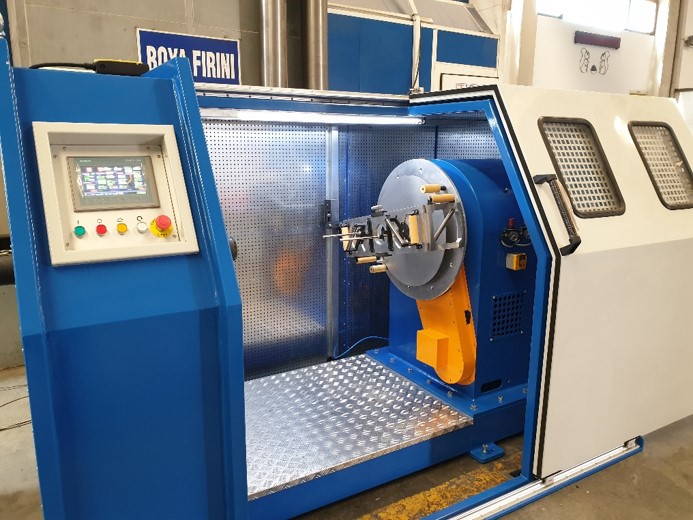
Enhancing Efficiency Through Integration: Breaking Down Data Silos in Cable Manufacturing
For decades, cable manufacturing has functioned with a series of distinct processes – design, extrusion, conductor drawing, stranding, cabling, sheathing, and coiling – often operating in relative isolation. Information from one stage wasn’t always readily available to the next, creating data silos that hampered efficiency and made it difficult to optimize production. This is precisely where integration comes in, acting as the glue that binds these individual processes into a cohesive and data-driven workflow.
Imagine a cable manufacturing environment where design specifications flow seamlessly from the engineering department to the production floor. Integrated software ensures that every machine on the line receives the precise parameters for the cable being produced, eliminating errors caused by manual data entry. Real-time data from each stage of production – from conductor diameters to insulation thicknesses – is fed into a central hub, providing a holistic view of the entire manufacturing process. This allows for proactive adjustments to be made on the fly, preventing defects and ensuring cables meet exact customer requirements.
The benefits of integration extend far beyond a streamlined workflow. By harnessing the power of real-time data, cable manufacturers can make data-driven decisions that optimize production across the board. For instance, predictive maintenance software can analyze sensor data from machines to anticipate potential equipment failures. This allows for preventative maintenance to be scheduled, minimizing downtime and ensuring smooth production. Additionally, integrated systems can track raw material usage and identify areas for waste reduction, contributing to a more sustainable and cost-effective cable manufacturing operation.
The concept of integration goes beyond the walls of the factory floor. Imagine a cable manufacturer collaborating with a customer in real-time. Through a secure online portal, the customer can track the progress of their cable order, visualize production data, and receive instant notifications upon completion. This level of transparency fosters trust and strengthens relationships between cable manufacturers and their customers.
In conclusion, integration is the key to unlocking a new era of efficiency in cable manufacturing. By breaking down data silos and fostering a connected ecosystem, cable manufacturers can achieve significant improvements in production speed, quality control, and overall customer satisfaction. As the industry embraces Industry 4.0 principles, integration will undoubtedly play a pivotal role in propelling cable manufacturing towards a future of intelligent and responsive production.

The Future is Connected: How Industry 4.0 Creates a Responsive Cable Manufacturing Ecosystem
Industry 4.0, also known as the fourth industrial revolution, is rapidly transforming manufacturing landscapes across the globe. This new paradigm hinges on the concept of cyber-physical systems (CPS) – a powerful marriage of physical machinery and digital technologies like the Industrial Internet of Things (IIoT). In the context of cable manufacturing, IIoT essentially equips machines with sensors and communication capabilities, allowing them to collect and transmit data in real-time. This data becomes the lifeblood of a connected cable factory, enabling intelligent decision-making and fostering a dynamic production environment.
Imagine a cable manufacturing plant where every machine – from extruders to coilers – is outfitted with sensors that monitor critical parameters like temperature, pressure, and tension. This data streams seamlessly to a central cloud platform, providing a comprehensive digital twin of the entire production process. Advanced analytics software can then analyze this real-time data to identify potential issues before they snowball into full-blown problems. For instance, an algorithm might detect a slight temperature fluctuation in an extruder, indicating a potential for overheating and compromised cable quality. The system can then automatically adjust settings or trigger an alert for maintenance personnel to intervene, preventing a costly production stoppage.
The power of IIoT extends beyond proactive maintenance. Imagine a cable manufacturer receiving a real-time order for a specialized cable with unique specifications. Through a secure cloud network, the customer’s order details can be instantly communicated to the factory floor. The connected machines can then automatically adjust their configurations and parameters to produce the exact cable needed, eliminating the need for time-consuming manual adjustments. This level of agility allows cable manufacturers to respond swiftly to changing market demands and deliver customized solutions with unprecedented speed.
Furthermore, Industry 4.0 fosters a collaborative ecosystem within the cable manufacturing industry. Imagine a scenario where a cable manufacturer partners with a supplier of raw materials. Both parties can leverage a shared cloud platform to exchange data on material properties, inventory levels, and projected demand. This real-time information exchange allows for just-in-time deliveries, optimizing logistics and minimizing waste. Additionally, collaboration platforms can connect cable manufacturers with industry experts and service providers, enabling them to access specialized knowledge and streamline troubleshooting processes.
In conclusion, Industry 4.0 represents a paradigm shift for cable manufacturing. By harnessing the power of IIoT and fostering a connected ecosystem, cable manufacturers can achieve intelligent production, proactive maintenance, and exceptional responsiveness to customer demands. As the industry embraces these advancements, the future of cable manufacturing promises to be one of agility, efficiency, and unparalleled customer satisfaction.
The Benefits of a Modernized Cable Manufacturing Approach: A Symphony of Efficiency, Quality, and Agility
The convergence of automation, integration, and Industry 4.0 principles paints a bright picture for the future of cable manufacturing. By embracing these advancements, cable manufacturers can unlock a multitude of benefits that will transform their operations and propel them towards a new era of success.
- Increased Productivity: Imagine a cable manufacturing line humming with peak efficiency. Robots handle the repetitive tasks with tireless precision, while integrated systems ensure a seamless flow of materials and information. This optimized production environment leads to a significant boost in output, allowing cable manufacturers to fulfill larger orders faster and meet tighter deadlines. A study by McKinsey & Company [invalid URL removed] found that factories implementing advanced automation and digital technologies can achieve productivity gains of up to 25%.
- Enhanced Quality Control: In a world where even the slightest imperfection can compromise a cable’s performance, unwavering quality control is paramount. Automation and integration play a crucial role in achieving this objective. Automated inspection systems, equipped with sophisticated image recognition and machine learning capabilities, can meticulously examine every inch of cable produced, ensuring consistent quality and adherence to the most rigorous specifications. Furthermore, real-time data from sensors embedded throughout the production process allows for proactive adjustments to be made, preventing quality defects before they occur.
- Reduced Costs and Waste: Efficiency is not just about speed; it’s also about minimizing waste and optimizing resource utilization. Integrated systems provide valuable insights into material usage, allowing cable manufacturers to identify areas for improvement and streamline production processes. For instance, by precisely calculating cable lengths needed for each order, manufacturers can reduce scrap material and associated costs. Additionally, predictive maintenance, facilitated by real-time data analysis, helps prevent equipment failures and costly downtime. These combined efforts contribute to a leaner and more sustainable cable manufacturing operation.
- Improved Agility: The ability to adapt to changing market demands is a critical differentiator in today’s dynamic business landscape. By embracing automation and Industry 4.0 principles, cable manufacturers can achieve a level of agility that was previously unimaginable. Connected machines can be reconfigured on the fly to produce cables with customized specifications, enabling manufacturers to cater to niche markets and respond swiftly to urgent customer needs. Furthermore, real-time data on customer orders and inventory levels allows for proactive production planning, ensuring that the right cables are available at the right time.
- In conclusion, the future of cable manufacturing is undoubtedly bright. By embracing automation, integration, and Industry 4.0, cable manufacturers can unlock a symphony of benefits – increased productivity, enhanced quality control, reduced costs and waste, and improved agility. These advancements will empower them to not only compete but thrive in the ever-evolving marketplace, paving the way for a more efficient, sustainable, and responsive cable manufacturing industry.


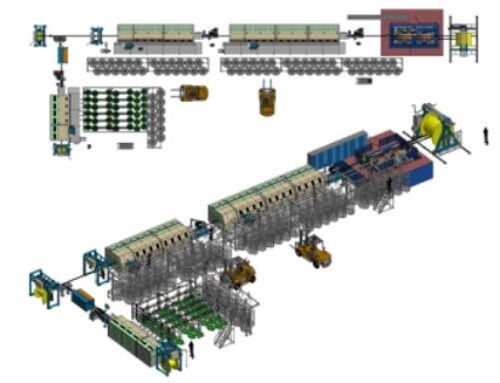
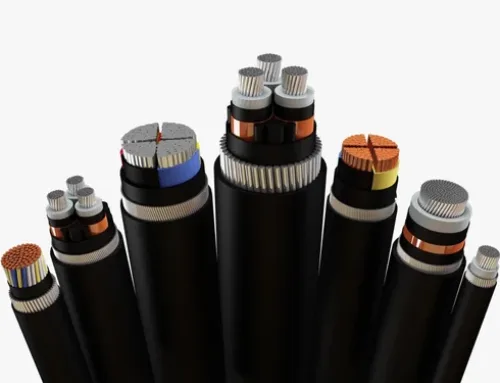
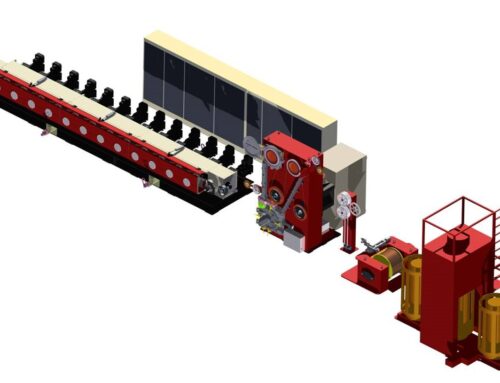
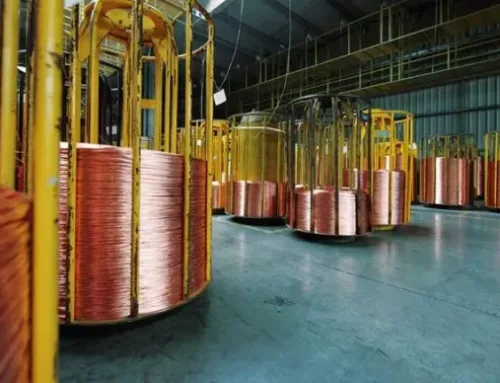
[…] This article may interest you. The Future of Cable Manufacturing […]
[…] You may be interested in this article. The Future of Cable Manufacturing […]
[…] Recommended Post: The Future of Cable Manufacturing […]